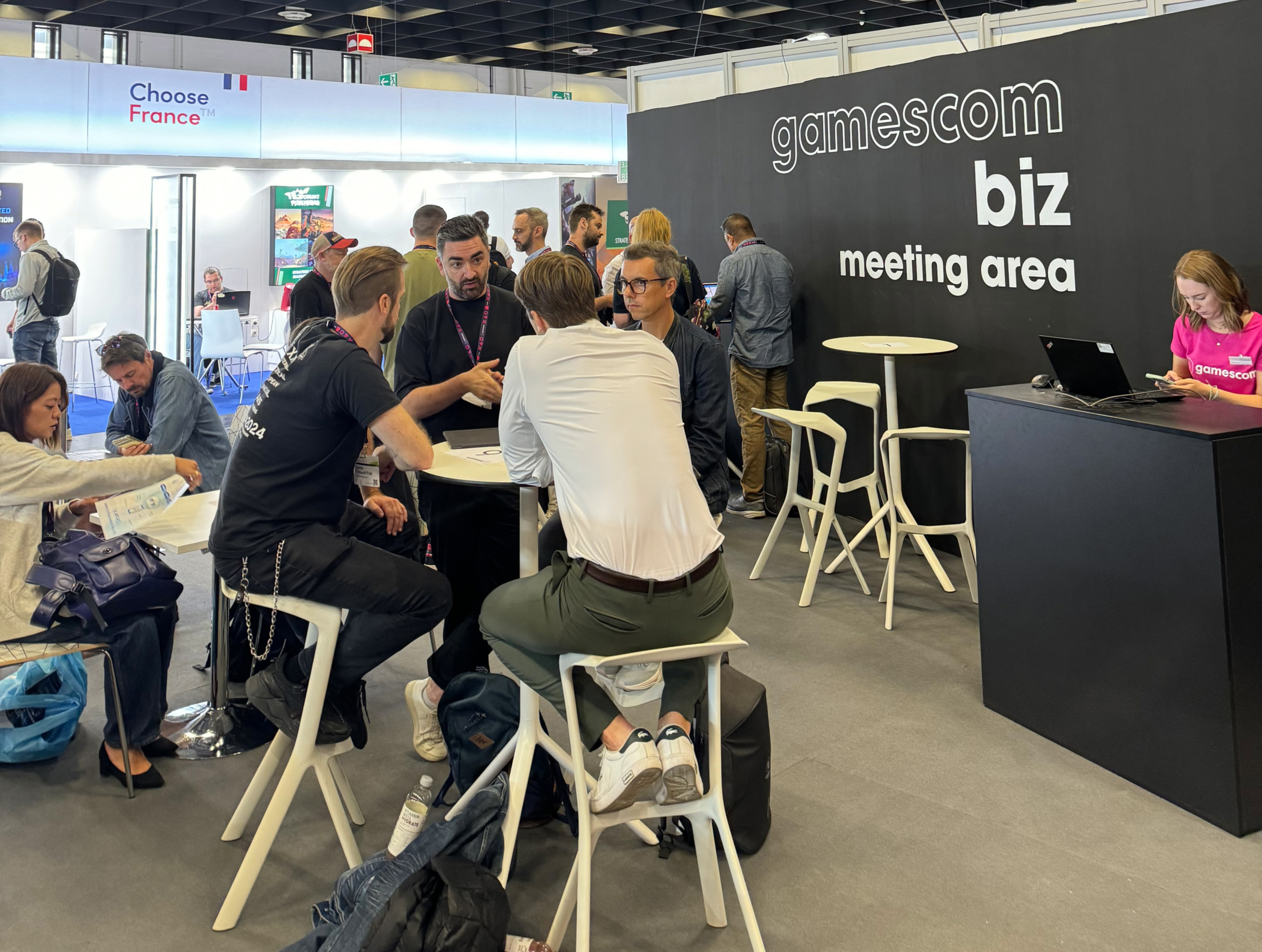
As we wrote in the last post, we decided to optimize the process of developing XR projects. To achieve this, we are developing a special library of features that we encounter from project to project. This decision was based on our experience of interaction with clients, which shows that the XR applications we order often contain similar features, such as 2D drawing or interaction with objects.
Library structure
In this post, we want to talk in more detail about the structure of our library. After all, it depends on how convenient and effective it will be to work with her.
API
The API of our library will contain the main logic of all features. There will be about 30 features in total, in the future we will supplement them.
Platforms
Implementation of features for specific platforms, such as Oculus, Pico, iOS, Android and Hololens 2 , etc.
Benefits for our customers
In the last post, we covered this issue in detail, now we will briefly remind you why we are doing all this and what our clients will get as a result.
- The speed of project development increases, as a result, it becomes possible to bring the product to market faster.
- The reliability and quality of the implementation of features is growing, as a result, risks, problems with the code, and testing costs are reduced.
- The available functionality is expanding, as a result, it becomes possible to use all the capacities of the features.
- Continuous improvement, as a result, the ability to receive feature updates even after the completion of the project.
Conclusion
The main idea of our library is the development of typical features that we encounter from project to project. The library will contain the API with the core logic of the features and their implementation for specific Platforms, such as Oculus, Pico, iOS, Android and Hololens 2 , etc.


